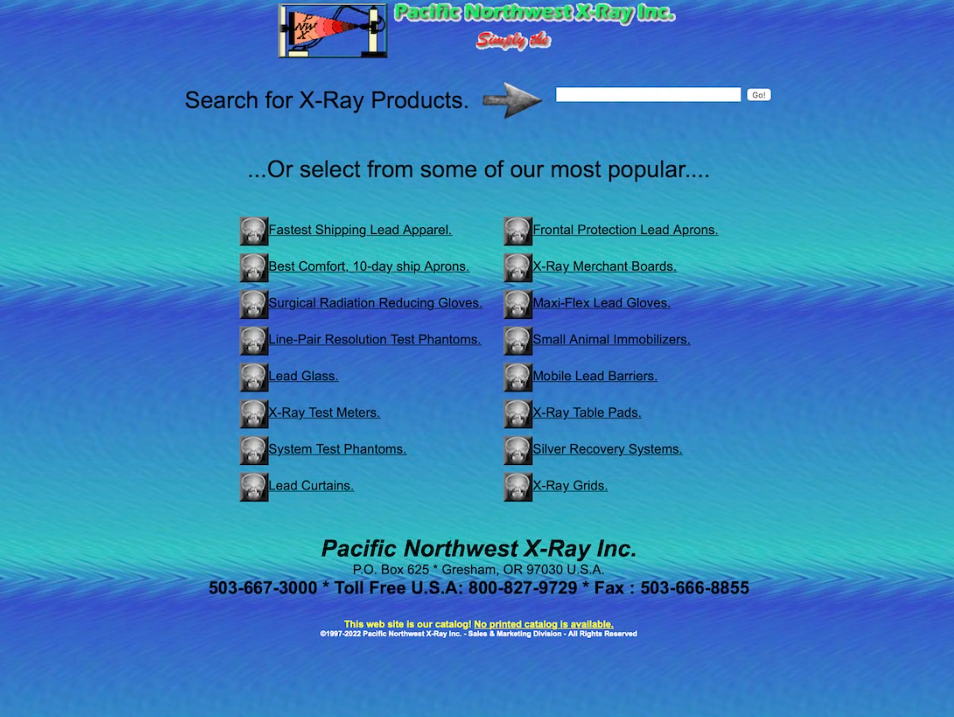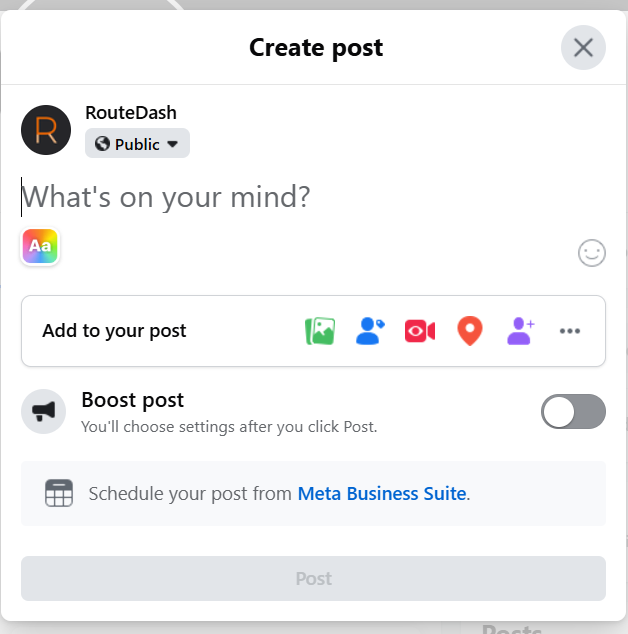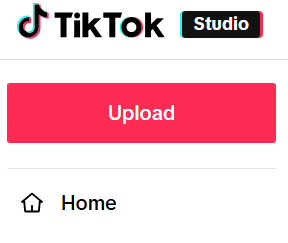10 Most Frequently Asked Questions About Digital Marketing
10 Questions About Digital Marketing From Small Business Owners
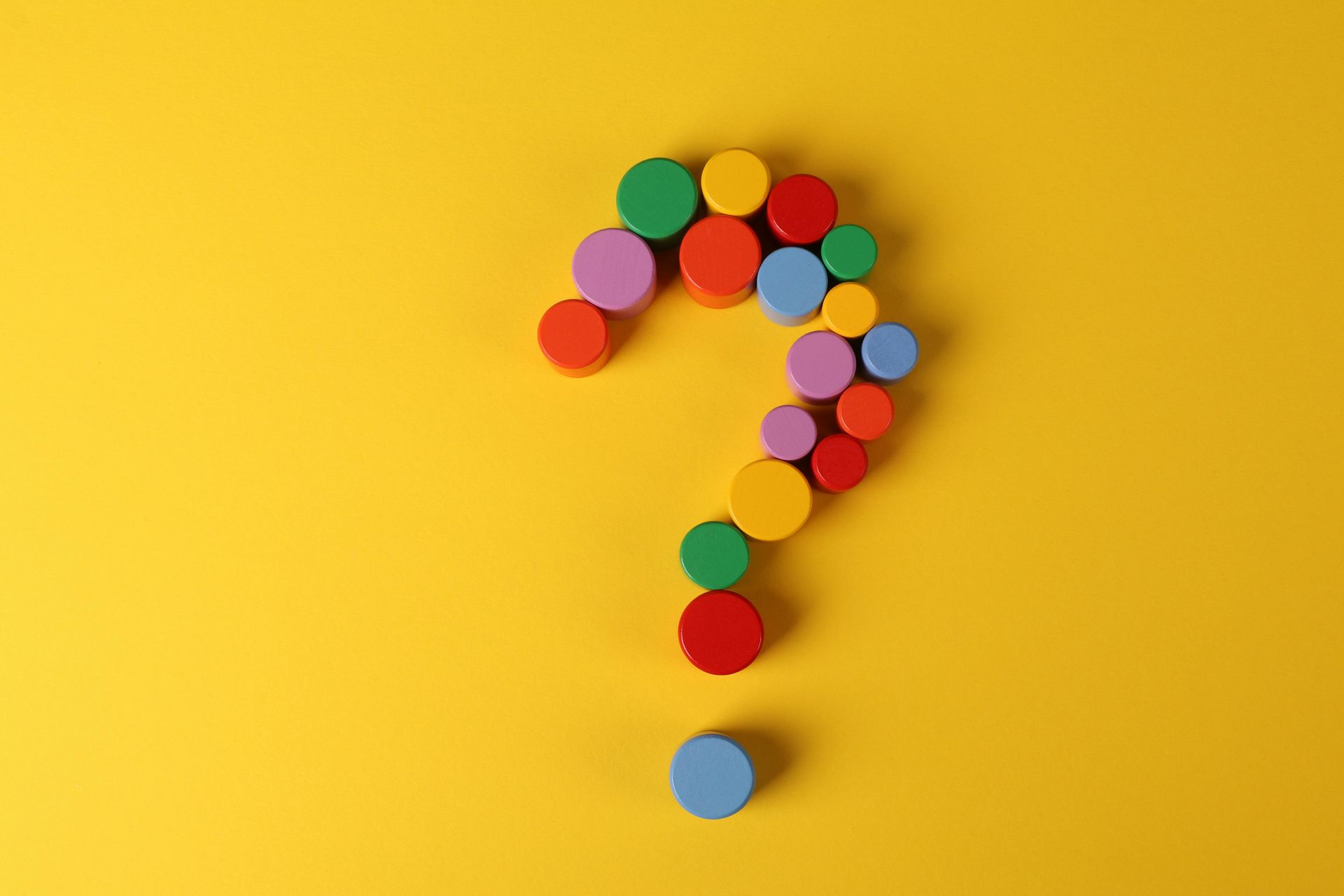
Got burning questions about digital marketing? We’ve got answers!
Digital marketing can be a little confusing and downright frustrating at times. We get it. We’ve spent countless hours staring at screens trying, to figureout why things didn’t go as expected. So, pull up a chair and let’s clear things up!
Here are the 10 most frequently asked questions about digital marketing and social media for small business!
1. What is digital marketing, and why is it important for my business?
Digital marketing encompasses all online advertising, promotion, and campaigns, including websites, business profiles, online stores, social media, email campaigns, and paid ads. It’s about being where your potential customers are when they are looking for you.
That last part is important- if you’re a brick-and-mortar store and have no intentions of selling online you might think being online isn’t important. However, according to Think With Google, “76% of people who conduct a local search on their smartphone visit a physical place within 24 hours and 28% of those searches result in a purchase.” You can reach a wider audience simply by creating a website, a Google/Bing Business page, and social profiles, and it’s typically cheaper than trying to raise awareness by traditional marketing means.
2. Which social media platforms should my business be on?
This is a tricky question because it depends on what your business does and your target audience. We cover it more in depth in our blog post on social media. The key is to know where your target audience spends their time.
Generally speaking, if your ideal customer are businesses, focus on LinkedIn and YouTube. If you’re targeting consumers, platforms like Facebook, Instagram, and TikTok are more effective. There are 2 important things to understand here:
1. Where does your ideal customer spend their time?
2. What kind of content is created for that platform?
Answering these questions will help you understand your customers better and you’ll be able to market to them more effectively.
3. How often should I post on social media?
There is no one-size-fits-all answer for this.
Some recommendations have a more aggressive take on how frequently you should post. Larger businesses have the resources to take advantage of this. This is what that looks like.
Yes, that schedule will achieve many social media goals (awareness, engagement, etc.) however, if you don’t have the time, or resources to do so (and if you’re running your own business, who does?) it’s really not sustainable.
There is no universal right number, but there is a way to find a balance. This ends up being somewhere between what is manageable for you and what won't overwhelm your audience. Some recommend 3-5 times a week, but the best way to figure it out is to test and see what works.
4. How do I create a digital marketing strategy?
Creating a digital marketing strategy is one of the best ways to identify your target audience, figure out your goals for your business, figure out where you want to focus your efforts (social media, SEO, email, paid advertising, etc.), and how to create content that speaks to your audience’s needs. Here’s a very basic list to guide you on how to get started:
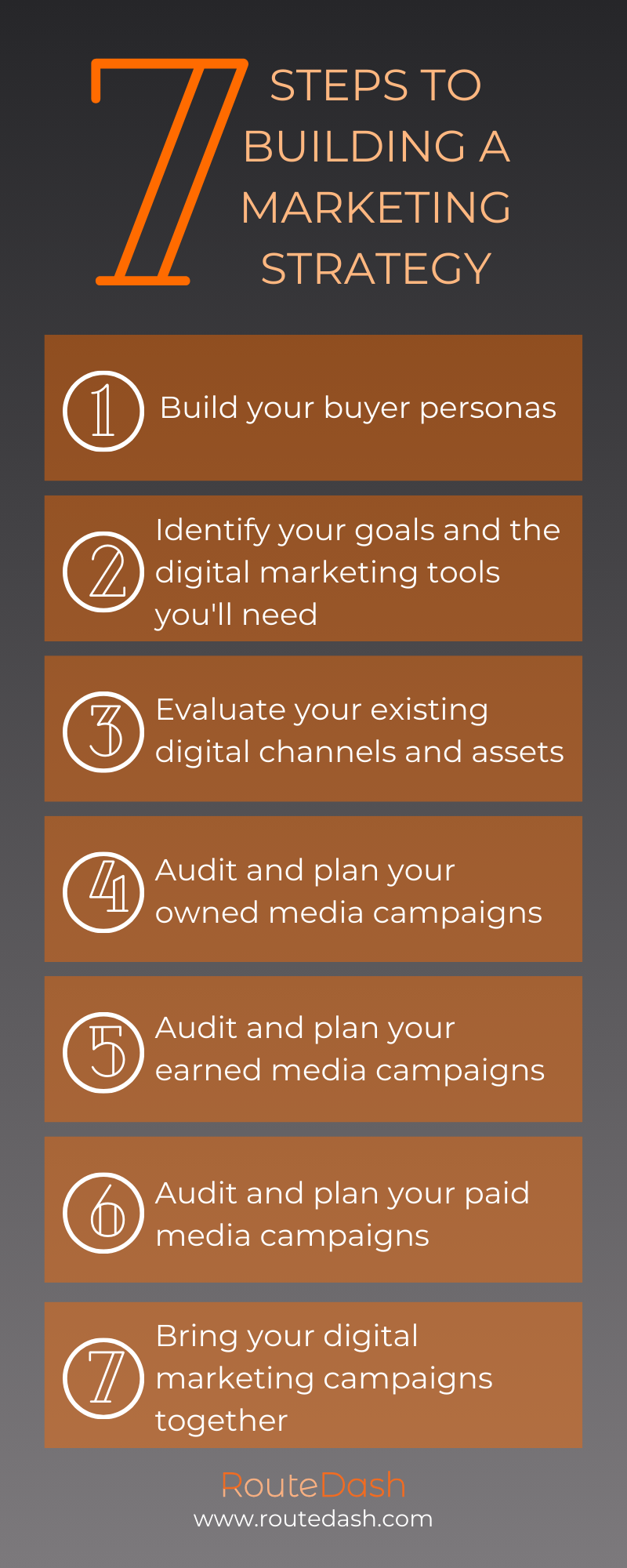
5. How can I measure the success of my digital marketing efforts?
To measure the success of your digital marketing efforts you’ll need two things:
1. Goals. Do you want more website traffic, more leads/sales, or to grow your social media following? You’ll see terms like key performance indicators (KPIs), conversion rates, social media engagements, email open rates, return on investment (ROI), and click-thru rates (CTR) commonly used.
2. Free tools like Google Analytics and Bing Webmaster monitor website, app, and ad account activity. Social media platforms provide analytics for business or creator accounts. There are also third-party tools that can collect all the data for you.
6. Do I need a website if I’m on social media?
Yes! While social media is a great place for discovery and engagement, a website provides a polished space for customers to learn more about your business. Also, not everyone is on social media. Relying solely on platforms like Facebook means missing out on potential customers. You can visit our blog post on the importance of having a website here.
7. How much should I spend on digital marketing?
Every business is going to be different. This is going to depend on things like, what your goals are, what your industry is, and what your business size is. According to the US Small Business Administration, the average business spends 7-8% of its gross revenue on marketing. 50% of that should be spent on digital marketing. It’s also reported that many companies are spending closer to 10-14%.
8. Should I run ads on social media?
Ads and boosted posts can be beneficial on social media especially if you want to target a specific audience. Facebook and LinkedIn, for example, use detailed user data like age, location, interests, and job information to help you reach the right people. It can be incredibly useful if you’re trying to boost visibility, gain followers, or increase awareness about a product or an event. We outline the benefits of using Facebook ads in a blog post here.
9. What is SEO, and why is it important?
SEO, or Search Engine Optimization, helps your website rank higher in search engine results. It uses keywords, authority, site traffic, and relevance to give your site a rank among similar sites allowing you the potential to be found easier by customers. Our blog post on SEO lays it out in more detail.
10. How do I manage customer reviews and feedback on social media?
Managing customer reviews and feedback can seem like its own job, and for some companies it is! The best thing to do is to address them all, the good and the bad.
For positive reviews, thank the customer and express your appreciation.
Negative reviews can be a little trickier. Never respond back in frustration. The best course of action is to respond professionally with empathy. Ask how you can fix it and provide a way for them to contact you to discuss the matter further. You may get the gut reaction to delete them, but trust us, don’t do that.
Showing that you can respond professionally to all types of situations can build trust and grow your brand's reputation online. (insert link 10) Interestingly, studies show that businesses with imperfect reviews can appear more authentic in a world full of bots and paid reviews.
We hope this answers your digital marketing questions! Got more? Send them in, and we’ll tackle them in our next FAQ series!


